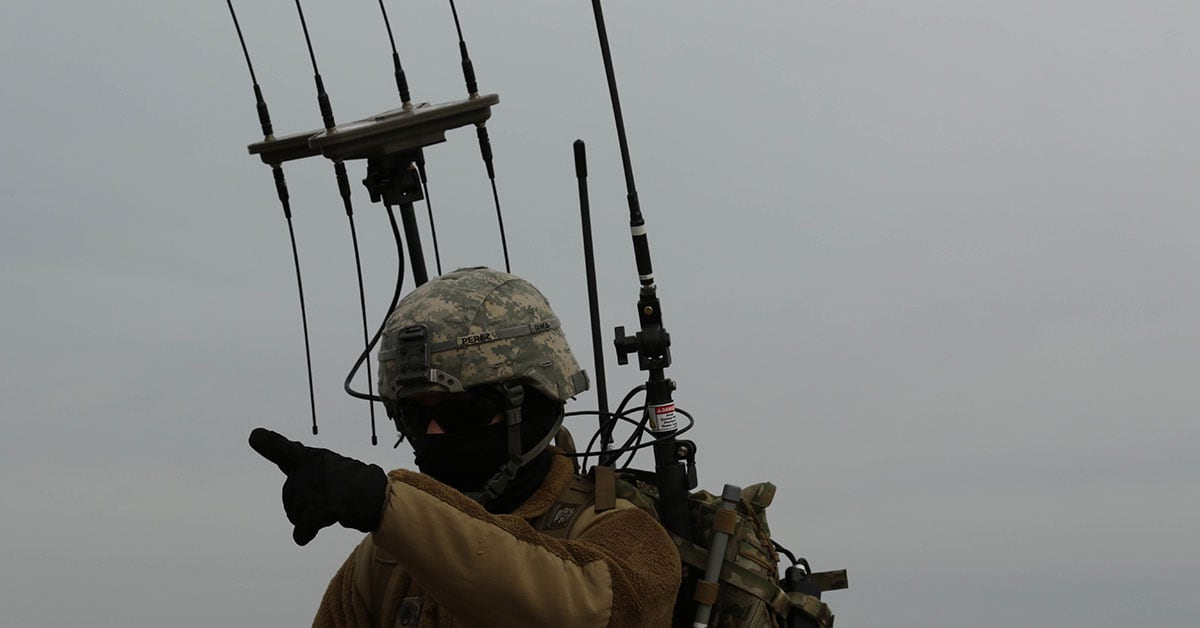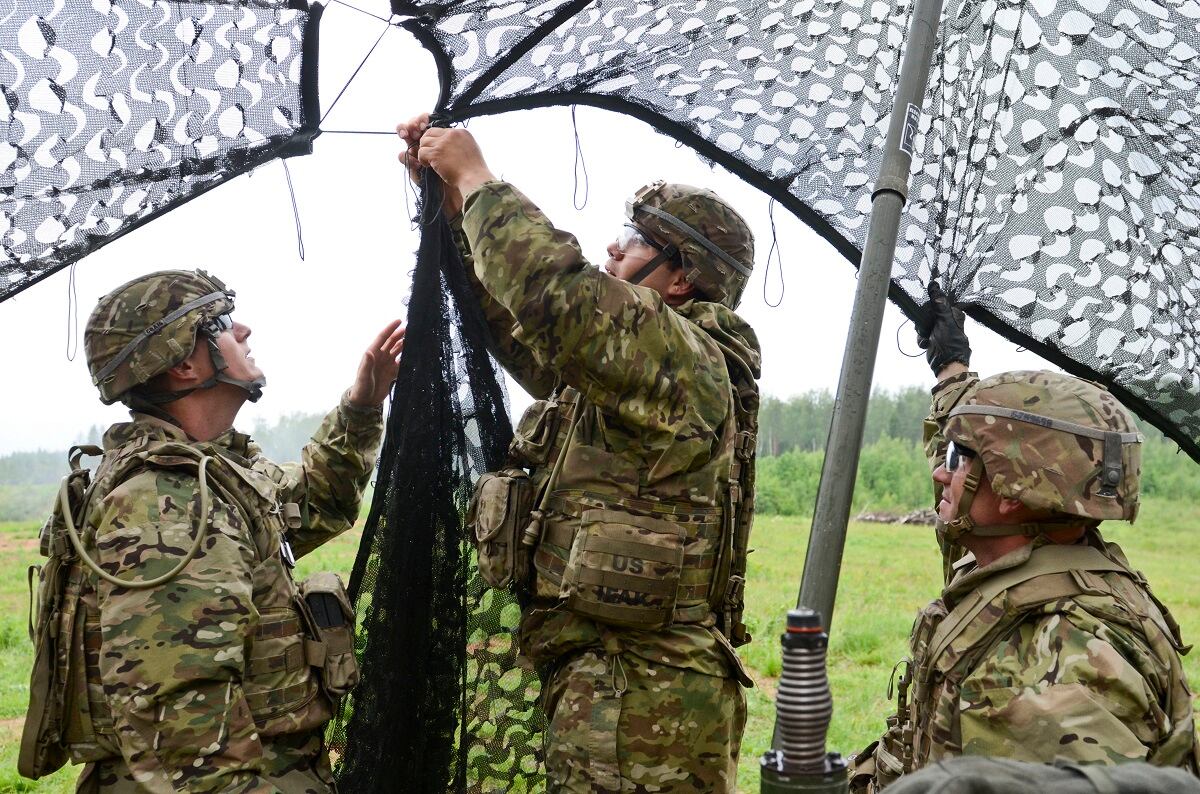Top Army leaders are describing an unprecedented time of change within the service, driven primarily by the pacing threat of adversaries.
Competitors, such as Russia and China, “are moving by leaps and bounds to try to gain a position advantage to us in what has emerged as two additional domains, [space and cyber], that now eclipse air-land battle,” Lt. Gen. Theodore Martin, deputy commanding general of Training and Doctrine Command, said Aug. 21 at TechNet Augusta.
Their push to gain a position advantage “is driving change in the Army like I have never seen in my 35-year career,” Martin continued.
More specifically, this change is occurring in the cyber and electronic warfare realm.
“This is an unprecedented time of change for our Army. What we are doing with cyber, electronic warfare … are at the nexus of that change,” Maj. Gen. John Morrison, commander of the Cyber Center of Excellence, said at the same conference.
Morrison described how the Army has begun to change its procurement methodologies, long derided as lethargic and overly bureaucratic, to adapt to the fast pace of change in the cyber world.
He explained for one particular capability, a requirement was approved in December, a defensive capability was provided to the cyber protection brigade in April and a fielding decision will be made this month.
“When was the last time anybody saw a fielding happen that quickly and happen through Army processes,” he said.
He also pointed to efforts to regrow electronic warfare capability and forces within the Army in order to compete in a contested and congested environment.
RELATED

This renewed capability will also be integrated in new ways with the military intelligence force in a new hybrid formation that can both sense the environments, which was historically an intelligence function, and conduct electronic attack in order to support the maneuver commander’s operational schemes.
Mark Pomerleau is a reporter for C4ISRNET, covering information warfare and cyberspace.








